Effective Teeth Brushing Habits for Kids: MosttoLeast Prompting Technique Explained
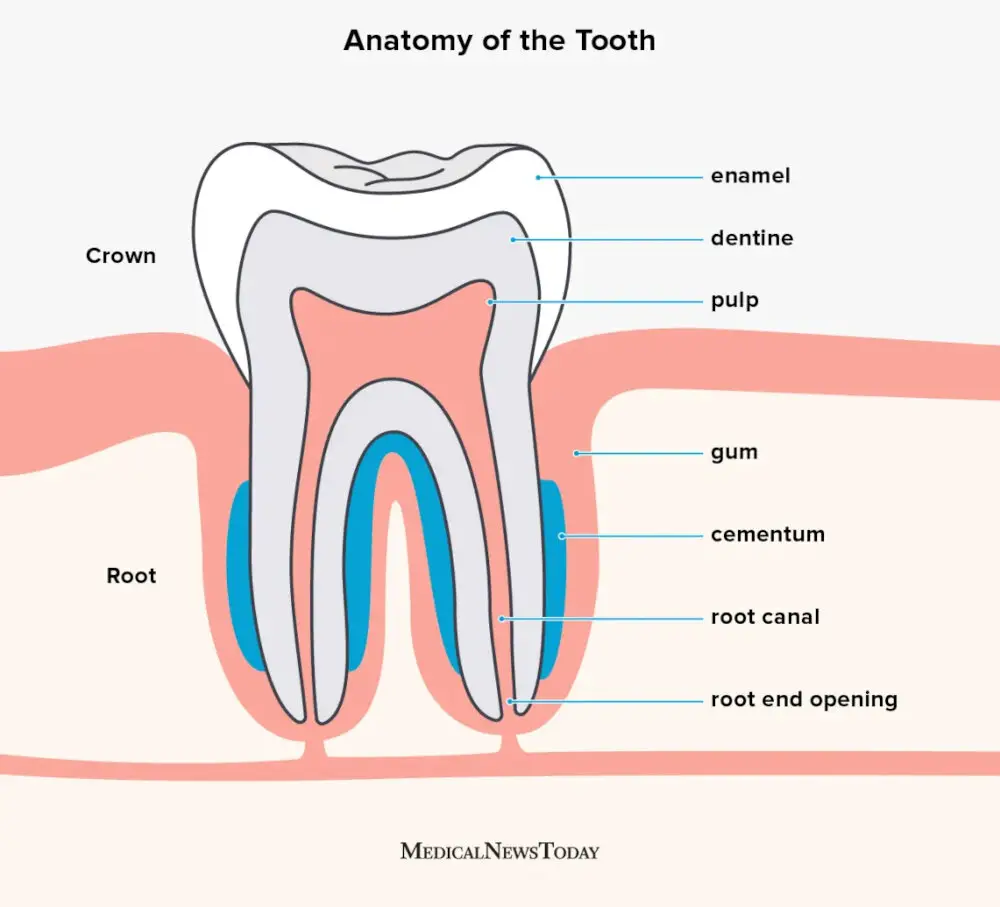
Oral hygiene is one of the most important aspects of overall health and wellbeing. Proper teeth brushing habits are crucial, especially for children, as they are susceptible to cavities and other dental problems. Teaching your children to brush their teeth effectively and regularly is essential, and it should start as early as possible. In this article, we will discuss one of the most effective techniques for prompting kids to brush their teeth, which is known as the \most to least prompting\ technique. The most to least prompting technique is a proven approach that helps children develop and maintain good dental hygiene habits. By gradually reducing the amount of assistance provided to the child, parents can teach their kids to brush their teeth independently and effectively. This technique is based on the idea that children are more likely to learn and remember a behavior when they are actively involved in the process. By taking a gradual approach to teaching children to brush their teeth, parents can help their kids feel empowered and confident in their ability to care for their own dental health.
Teaching kids proper teeth brushing habits is crucial for their overall health and well-being. Developing good oral hygiene habits from a young age helps prevent tooth decay, gum disease, and other dental problems. It also promotes healthy teeth and gums, which can boost confidence and self-esteem. Additionally, teaching kids to brush their teeth properly helps establish a routine that they can carry into adulthood. By emphasizing the importance of good dental hygiene early on, parents can set their children up for a lifetime of healthy teeth and gums.
Most-to-least prompting technique is a behavior modification strategy that involves gradually reducing the level of assistance given to a child until they can perform a task independently. This technique is commonly used to teach children with developmental disabilities, but it can also be effective in teaching new skills to typically developing children, such as proper teeth brushing habits. The process begins with the most intrusive level of prompting, such as physically guiding the child’s hand to brush their teeth. As the child becomes more proficient, the level of prompting is gradually reduced until they can complete the task on their own. The goal of this technique is to promote independence and build confidence in children as they develop new skills.
What is mosttoleast prompting technique?
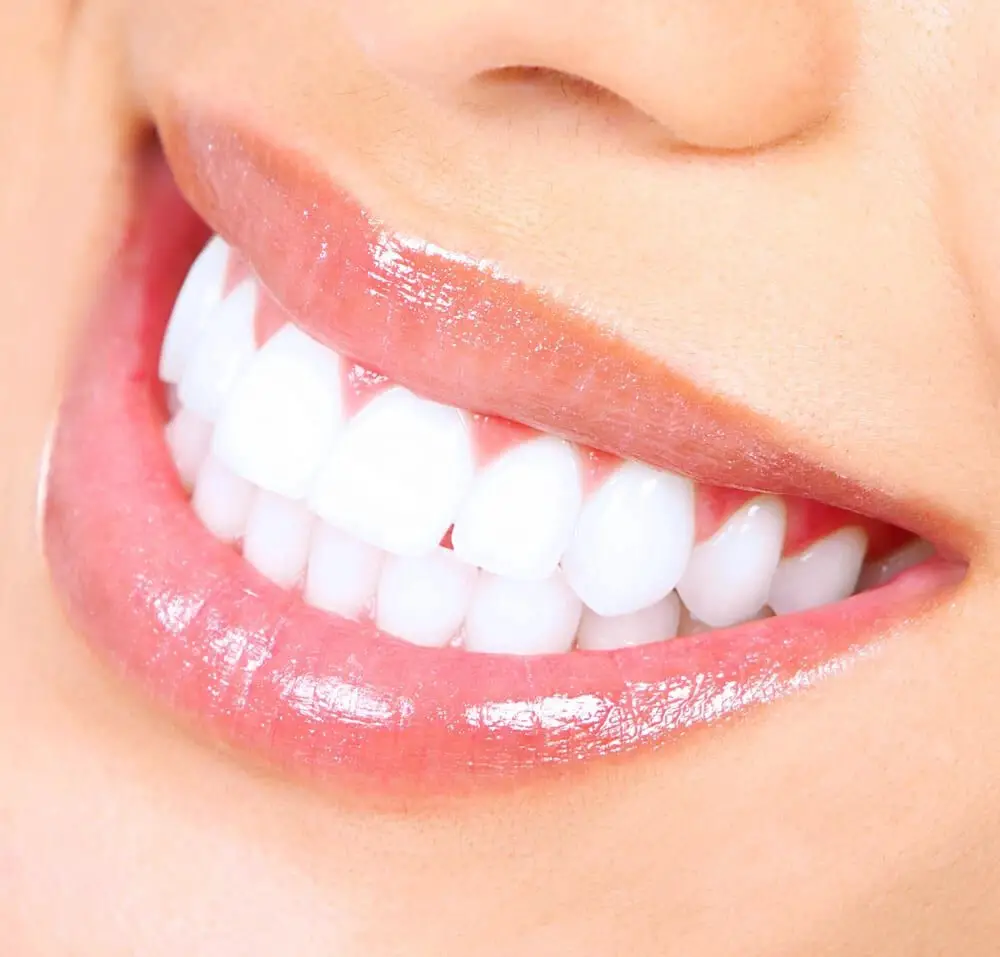
Most-to-least prompting technique is a behavioral intervention strategy used to teach and reinforce new skills or behaviors. In the context of teaching kids how to brush their teeth effectively, this technique involves starting with the most explicit or intrusive form of prompting, and gradually reducing the level of support provided as the child becomes more independent. The goal is to help the child develop a routine and take ownership of the skill, while still providing support and guidance as needed. Using the most-to-least prompting technique for teeth brushing may involve a few different steps. For example, a parent or caregiver might start by physically guiding the child’s hand to show them how to move the toothbrush in the right way. As the child becomes more comfortable, the parent might begin to verbally prompt them, providing reminders or cues to keep brushing for the recommended two minutes. Finally, the parent might step back and simply observe as the child brushes their teeth independently, providing positive reinforcement and feedback as needed. By gradually reducing the level of prompting, the child is able to build confidence and develop good habits over time.
The most-to-least prompting technique is a commonly used strategy in behavior modification that involves providing a sequence of prompts to assist a child in completing a task. This technique is particularly useful for children who struggle with initiating or completing tasks independently, such as teeth brushing. The prompts start with the most intrusive, such as physical guidance, and gradually decrease in intensity until the child can complete the task independently. By using this approach, the child is encouraged to take an active role in the process while building confidence and independence. This technique is an effective way to teach children new skills and habits, such as maintaining good dental hygiene, while encouraging them to take responsibility for their own actions.
The most-to-least prompting technique is an effective approach to teaching good habits to children, including effective teeth brushing habits. By starting with the most support and gradually reducing it, children can develop the skills and independence needed to successfully complete the task on their own. For teeth brushing, this may involve the parent initially brushing the child’s teeth while the child watches, then brushing together, and finally allowing the child to brush independently with occasional supervision. This technique not only helps children establish good habits but also builds their confidence and sense of accomplishment as they become more capable and self-sufficient.
The Most-to-Least Prompting Technique is an effective method for promoting good teeth brushing habits in children. By gradually reducing the level of assistance provided, children are empowered to take responsibility for their oral hygiene. This technique also reinforces positive behaviors and helps to establish a routine, which can lead to improved dental health in the long term. Additionally, the Most-to-Least Prompting Technique can be tailored to the individual needs of each child, making it a highly customizable approach. Overall, this technique is a valuable tool for parents and caregivers seeking to instill healthy habits in their children and promote good dental hygiene practices.
Steps to teach kids proper teeth brushing habits using mosttoleast prompting technique
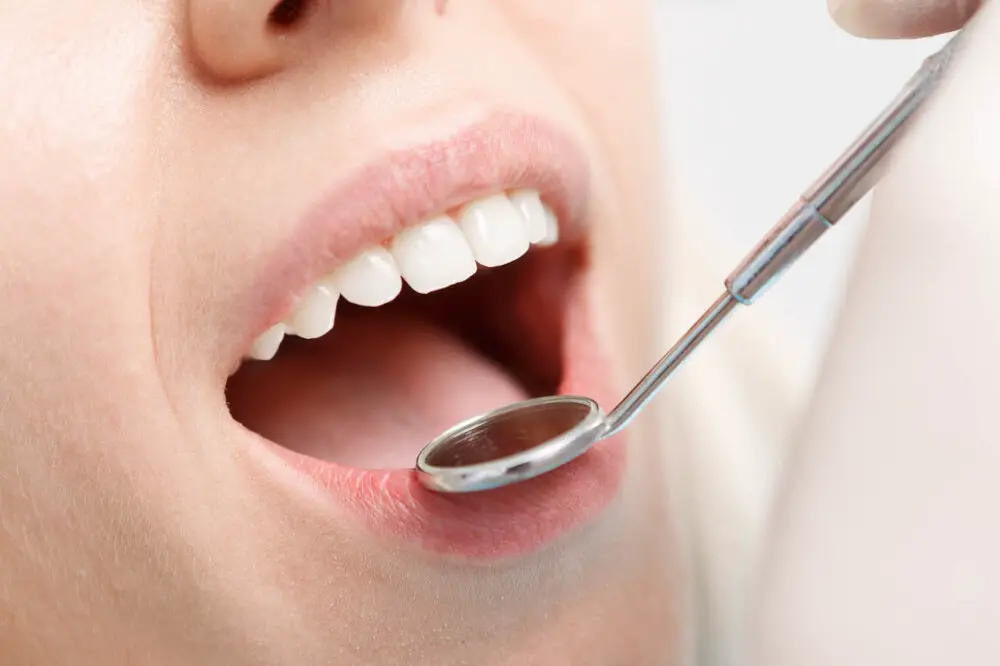
Teaching kids proper teeth brushing habits is essential to maintain their oral hygiene and prevent dental problems. However, some children may find it challenging to develop this habit, which can be frustrating for parents. The most-to-least prompting technique is an effective strategy that can help parents gradually guide their children towards proper teeth brushing habits. This technique involves providing different levels of assistance to children, starting with the highest level of support and gradually decreasing it over time. The first step in this technique is to provide maximum support to your child. This means that parents should assist their child in brushing their teeth thoroughly, demonstrating the proper brushing technique. It is essential to use positive reinforcement and praise your child for their efforts. Once your child has learned the basics, gradually decrease the level of support. For example, you can let your child brush their teeth while you supervise, then gradually reduce the amount of supervision until they can brush their teeth independently. This technique not only teaches children proper brushing habits but also promotes independence and self-confidence. By following these steps, parents can ensure that their children develop healthy teeth brushing habits that will last a lifetime.
The most-to-least prompting technique is an effective way to help kids develop good teeth brushing habits. Start by demonstrating the correct way to brush teeth, using visual aids such as pictures or videos. Then, guide your child through the steps, providing verbal prompts and physical assistance as needed. Gradually decrease the amount of prompting as your child becomes more independent, until they can brush their teeth on their own. It’s important to praise your child for their efforts and progress along the way to reinforce positive behavior. With consistent practice and patience, the most-to-least prompting technique can help your child develop healthy habits that will benefit their oral health for years to come.
Effective teeth brushing habits are crucial for kids to ensure healthy oral hygiene. The most-to-least prompting technique is a helpful strategy that can encourage children to develop these habits. This technique involves providing an order of prompts to guide children through each step of the brushing process. The first prompt is the most explicit, providing a detailed explanation of the task. The second prompt is less detailed, reminding children of the task’s importance, and the third prompt is even less detailed, simply asking if the task has been completed. This technique helps children to build independence and confidence in their ability to complete tasks, while also ensuring they are brushing their teeth effectively. By using this technique consistently, parents can help their children develop healthy oral hygiene habits that will stay with them for life.
The most-to-least prompting technique can be an effective way to help your child establish good teeth brushing habits. However, it’s important for parents to use this technique in the right way to make it work. First, be patient and consistent, and don’t expect immediate results. Start with small steps and gradually build up to longer brushing periods. Use positive reinforcement, such as praise and rewards, to encourage your child’s progress. Also, be sure to provide clear and specific instructions on how to brush properly, and demonstrate the correct technique. Finally, be flexible and open to adjusting your approach as needed to meet your child’s individual needs and preferences. With these tips in mind, parents can successfully use the most-to-least prompting technique to help their children develop healthy teeth brushing habits.
Common mistakes to avoid
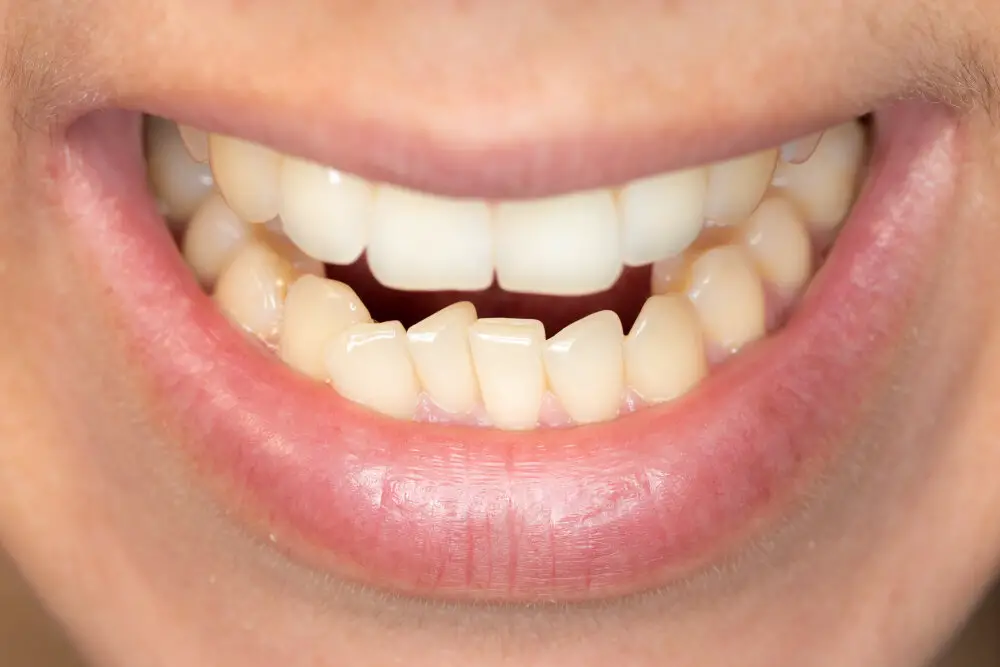
Effective teeth brushing habits are crucial to maintain good oral health. However, many parents make common mistakes when teaching their children how to brush their teeth. One of the most common mistakes is not supervising the brushing process. Children need guidance and supervision when brushing their teeth until they are around the age of eight. Parents should ensure that their children are brushing their teeth for at least two minutes and that they are reaching all areas of their mouth. Another common mistake is using too much toothpaste. Children only need a small amount of toothpaste, about the size of a pea. Using too much toothpaste can lead to fluorosis, a condition that causes white spots to appear on teeth. Another mistake that parents make is not teaching their children how to brush their tongue. The tongue harbors bacteria that can cause bad breath and affect overall oral health. Parents should teach their children how to brush their tongue gently, using back-to-front strokes. Additionally, parents should avoid using hard-bristled toothbrushes, as they can damage the enamel and cause tooth sensitivity. Soft-bristled toothbrushes are more effective in removing plaque and are less likely to damage teeth. By avoiding these common mistakes, parents can ensure that their children develop effective teeth brushing habits that will last a lifetime.
When it comes to teaching kids to brush their teeth, parents often make mistakes that can hinder their child’s oral health. One common mistake is not supervising their child’s brushing routine. Some parents assume that their child is brushing correctly, but without supervision, they may be missing important areas or not brushing for the recommended two minutes. Another mistake is using too much toothpaste or not using toothpaste with fluoride, which is essential for strengthening tooth enamel. Bribing a child with treats or rewards for brushing can also create a negative association with oral hygiene and lead to a lack of motivation to brush regularly. Properly teaching kids to brush their teeth involves supervision, using the right amount of toothpaste, and creating a positive and encouraging environment.
To avoid mistakes during teeth brushing, it is important to establish an effective routine. Parents can use the most-to-least prompting technique to help their children develop good habits. This involves providing the most support at the beginning of the routine, gradually reducing prompts as the child becomes more independent. It is also important to choose the right toothbrush and toothpaste for your child’s age and needs, and to ensure they are brushing for the recommended two minutes. Parents can also make brushing fun by playing music or rewarding their child with stickers or small prizes for good brushing habits. Consistency is key, so make sure to stick to the routine and reinforce positive behavior.
Avoiding the mistakes mentioned in this article can have a significant impact on the oral health of children. By implementing the most-to-least prompting technique, parents can ensure that their children are brushing their teeth effectively and consistently. This can prevent dental problems such as cavities, gum disease, and bad breath. In addition, children who learn good oral hygiene habits at an early age are more likely to continue these habits into adulthood, leading to better overall health and well-being. By avoiding these mistakes and promoting good dental hygiene, parents can set their children up for a lifetime of healthy teeth and gums.
Additional tips for encouraging good dental hygiene in children
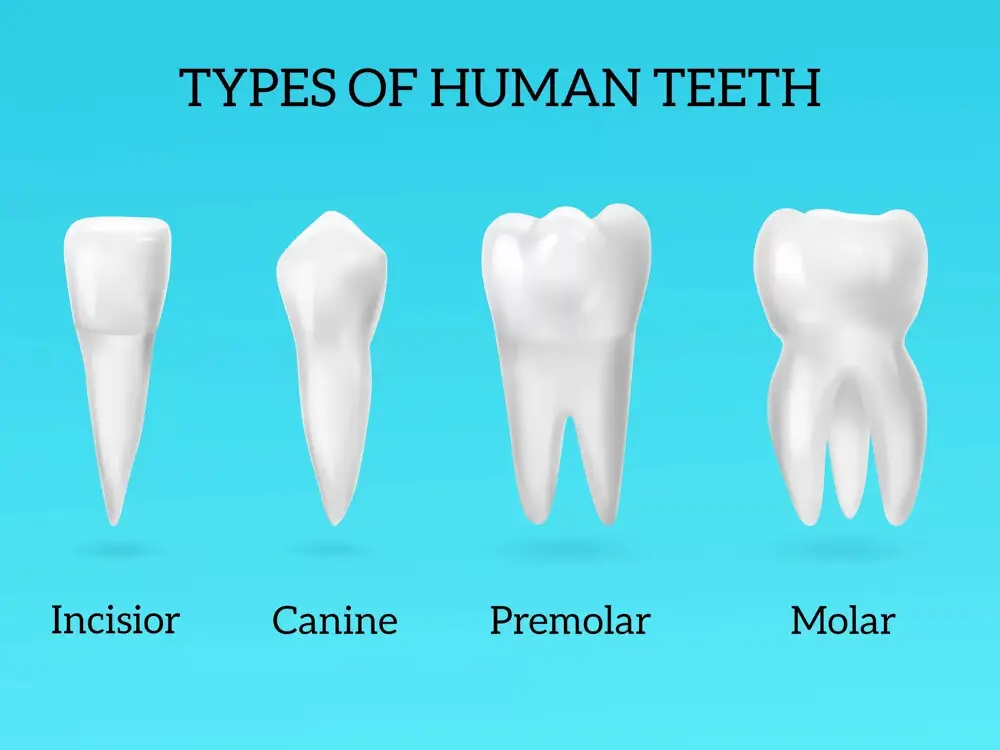
Aside from using the most-to-least prompting technique to encourage good dental hygiene in children, there are additional tips parents and caregivers can follow to make brushing teeth a fun and enjoyable activity for kids. One of the most effective ways to encourage children to brush their teeth is by setting a good example. Children tend to imitate the behavior of their parents or caregivers, so if they see their parents brushing their teeth regularly, they are more likely to follow suit. Parents can also make brushing teeth a family activity by brushing their teeth together with their children or turning it into a game. Another way to encourage good dental hygiene in children is by making the experience as pleasant as possible. Parents can do this by providing their children with toothbrushes that are specifically designed for kids, such as ones with cartoon characters or bright colors. Parents can also let their children choose their own toothbrush and toothpaste, as this can make them feel more involved in the process. Additionally, parents can play music or sing songs while their children are brushing their teeth to make the experience more enjoyable. By following these additional tips, parents and caregivers can help their children develop good dental hygiene habits that will last a lifetime.
Setting a good example is crucial when it comes to teaching children any kind of habit or behavior. This is especially true for dental hygiene, as kids tend to learn by observing and imitating their parents or caregivers. By consistently demonstrating and emphasizing the importance of effective teeth brushing habits, parents can instill these practices in their children at an early age, setting them up for a lifetime of good dental health. Not only does this reduce the risk of cavities and other dental problems, but it also promotes overall health and wellbeing. Therefore, parents must be mindful of their own brushing habits and ensure that they are modeling good behavior for their children to follow.
Positive reinforcement is a crucial aspect of developing effective teeth brushing habits in kids. This technique involves rewarding desired actions and behaviors with praise, encouragement, or other incentives. By using positive reinforcement, parents and caregivers can motivate children to brush their teeth regularly and correctly. For example, children can be praised for their efforts, given stickers or small toys for brushing, or even allowed to choose their toothpaste flavor. By implementing positive reinforcement techniques, parents can help their children develop good oral hygiene habits that will serve them well throughout their lives.
Brushing teeth is an essential habit that everyone should adopt, especially kids. However, convincing children to brush their teeth twice a day can be quite challenging, as they may find it boring and tedious. Therefore, parents and caregivers must come up with creative ways to make brushing teeth fun and exciting for kids. One effective method is to engage children by allowing them to choose their toothbrush and toothpaste with their favorite color and flavor. Additionally, parents can play upbeat music or sing a song while their child brushes their teeth, or even make a game out of it by setting a timer and seeing who can brush their teeth the longest. These fun and creative ideas can make brushing teeth an enjoyable experience for kids and help establish a lifelong habit of good oral hygiene.
The most-to-least prompting technique is a behavior modification strategy that involves prompting a child to perform a certain behavior in gradual steps, starting from the most support to the least support required. This technique is often used to teach children new skills or reinforce good habits. In the context of teeth brushing, the parent or caregiver would provide guidance and support for the child to brush their teeth effectively, by breaking down the task into smaller steps. This technique can be particularly effective for children who struggle with self-care routines, as it helps build their confidence and independence over time. Additionally, by providing positive reinforcement and praise for each step completed, the child is more likely to feel motivated to continue practicing good oral hygiene habits.
Teaching kids proper dental hygiene habits is crucial for their overall health and well-being. Poor dental hygiene can lead to a variety of dental problems, such as cavities, gum disease, and bad breath. These problems can cause pain and discomfort, and can even impact a child’s ability to eat, speak, and learn. Additionally, poor dental hygiene has been linked to other health problems, such as heart disease and diabetes. By teaching kids effective teeth brushing habits, parents and caregivers can help prevent these issues and set their children up for a lifetime of good dental health. It is important to emphasize the importance of consistent brushing and flossing, as well as regular dental check-ups, to ensure that kids develop and maintain healthy dental habits.
In conclusion, the most-to-least prompting technique is a fantastic way to teach your children effective teeth brushing habits that will last a lifetime. It’s important to remember that consistency is key and that patience is required when using this method. Don’t be discouraged if your child struggles at first, as it takes time to establish new routines. Encourage your child every step of the way, and celebrate their successes. Soon enough, they’ll be brushing their teeth like a pro, and you’ll both have a reason to smile. So why not give it a try? Your child’s dental health is worth the effort!
Conclusion
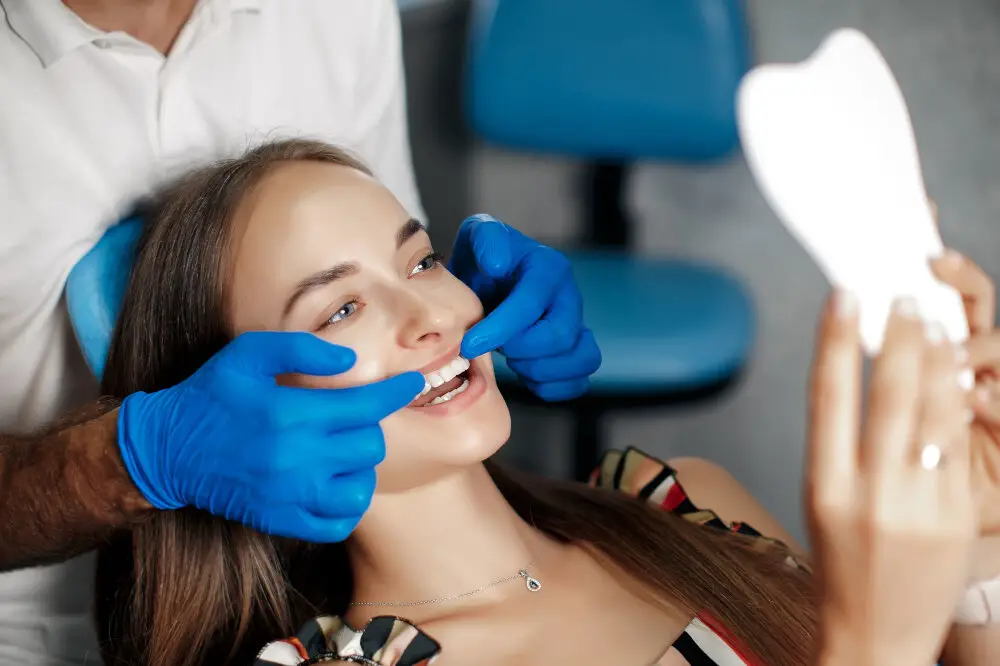
In conclusion, instilling effective teeth brushing habits in children is crucial for their oral health and overall wellbeing. By utilizing the most to least prompting technique, parents and caregivers can help encourage children to adopt these habits and make them a part of their daily routine. Consistency and positive reinforcement are key in ensuring that these habits become a lifelong practice. Teaching children the importance of oral hygiene at a young age not only sets them up for success in terms of their dental health, but also instills a sense of responsibility and self-care that will benefit them throughout their lives. Let’s prioritize our children’s oral health and empower them to take control of their own wellbeing.






